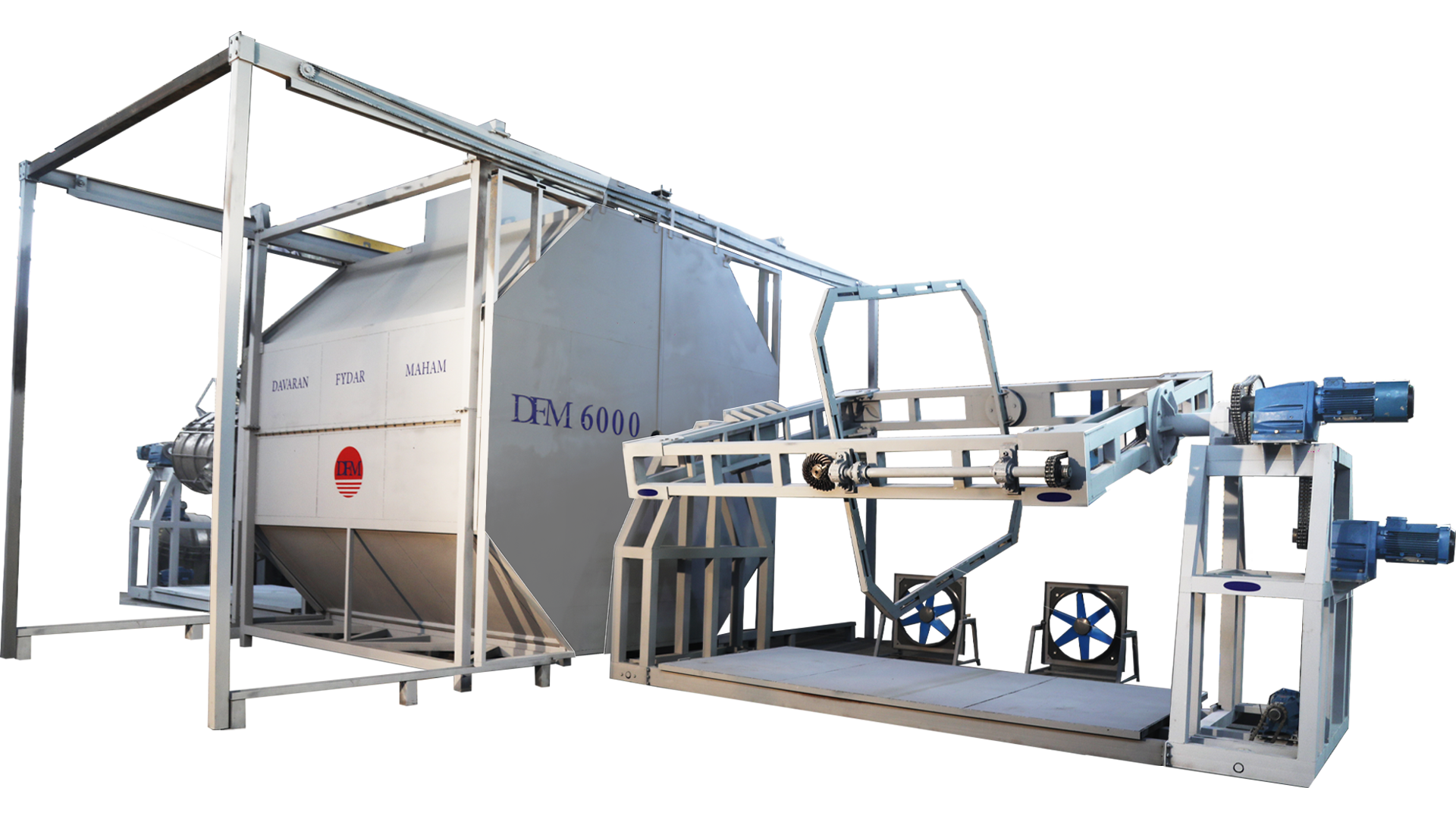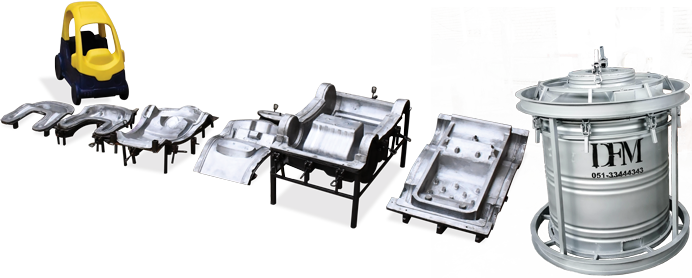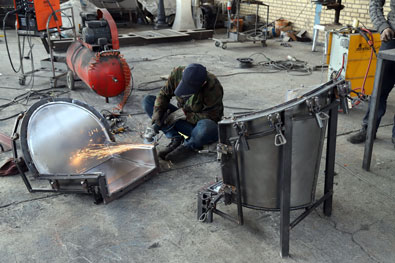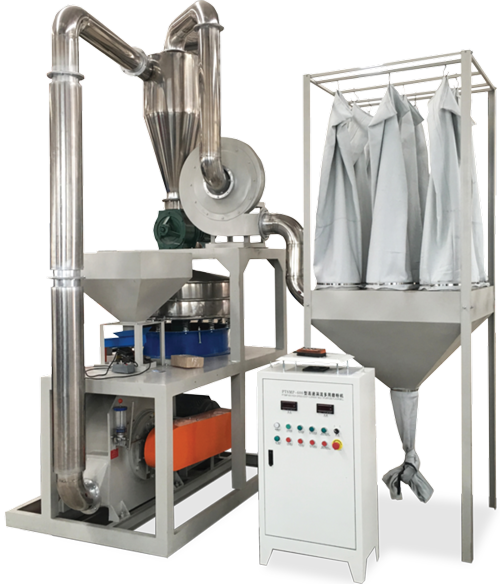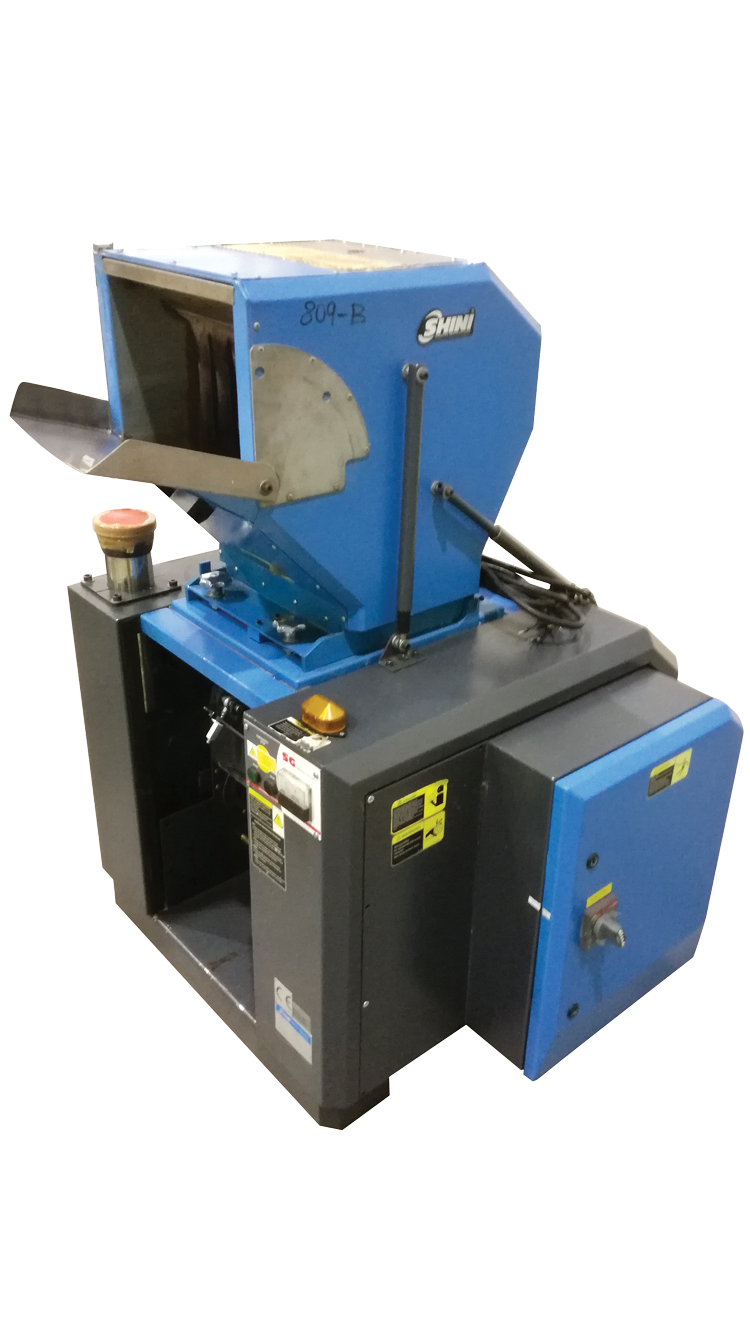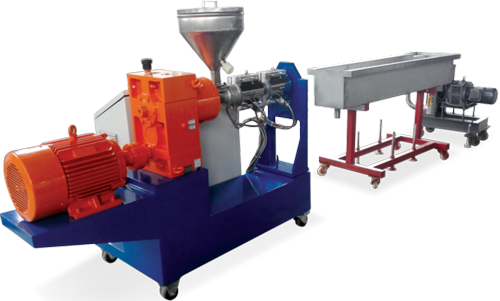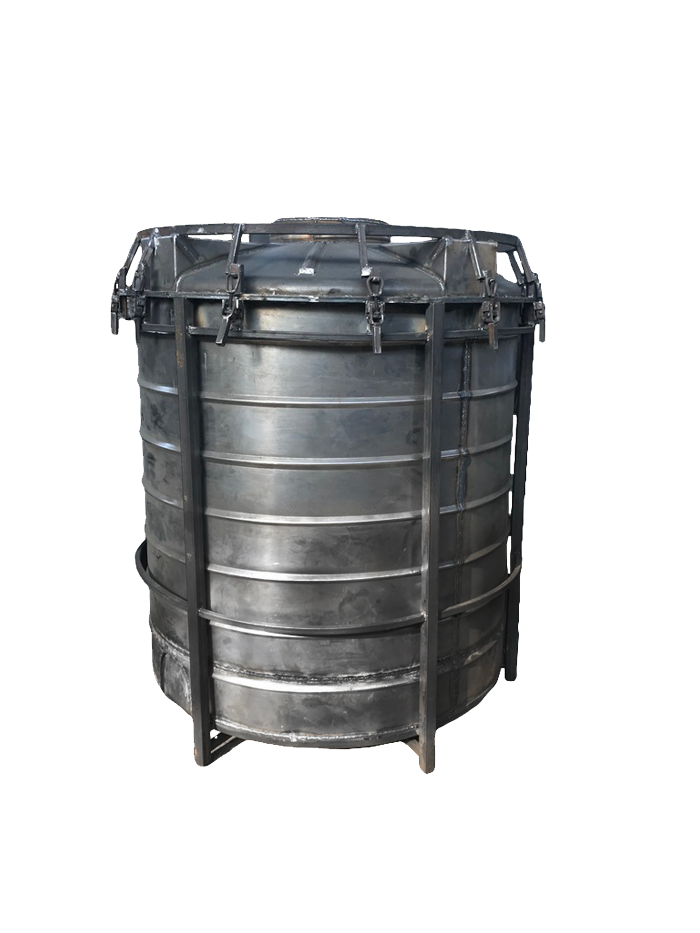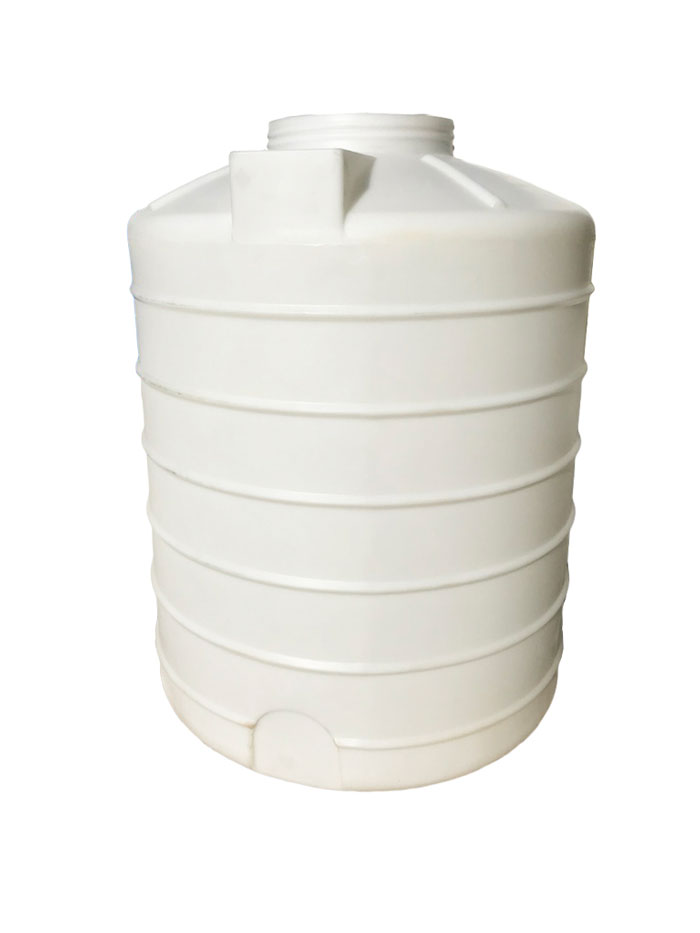1000 LITERS VERTICAL TANK
Manufactured in DFM Co.
Generally vertical tanks require less space compared to horizontal tanks; so one can fit more vertical tanks in a specific area than horizontal tanks in the same area.
The 1000L vertical tank is rotational molded; a plastic manufacturing technique by which hollow parts, up to 50,000L capacity, with uniform wall thickness and desired surface finishes and textures are manufactured.

 فارسی
فارسی